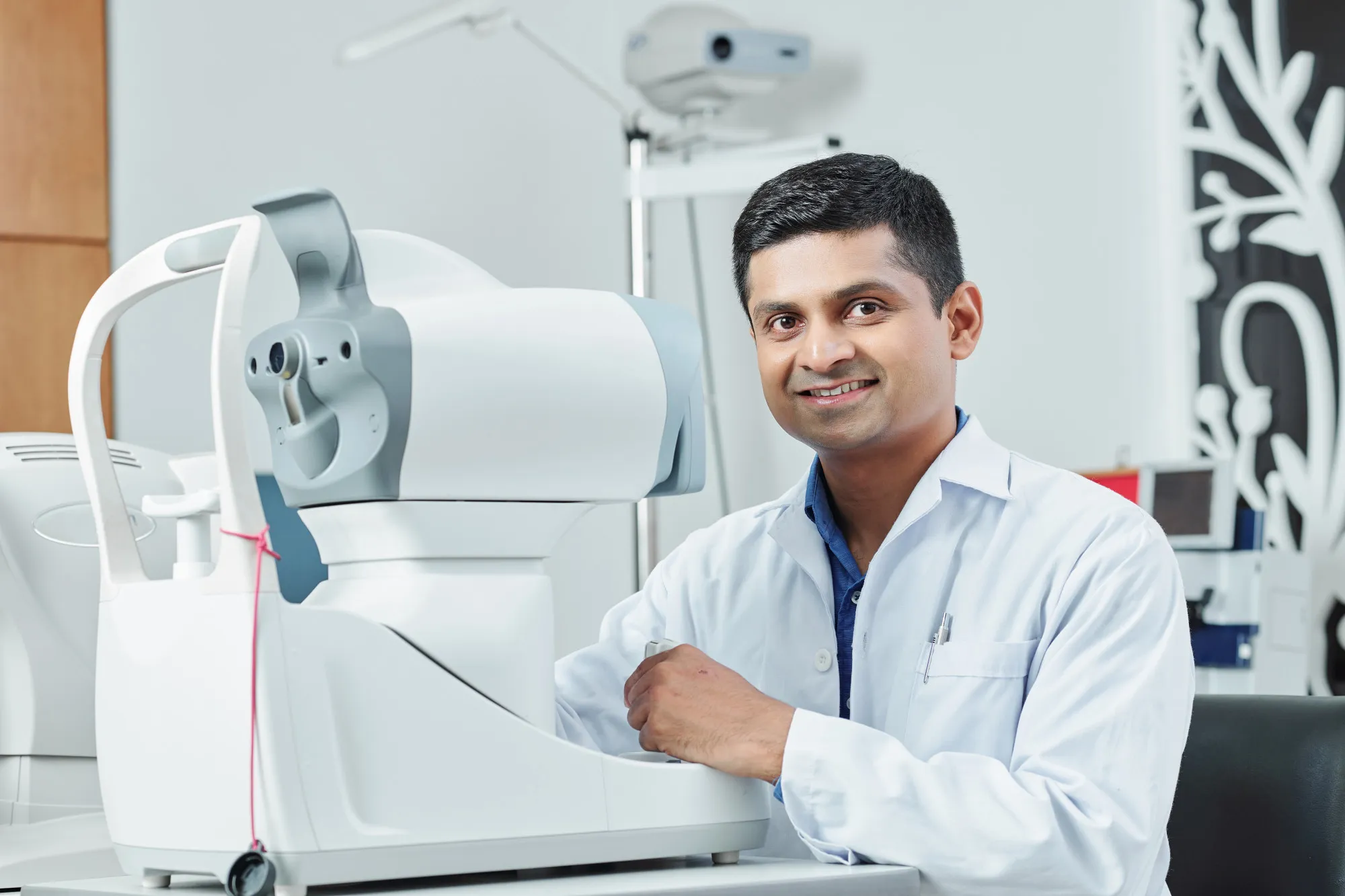Injuries to the zygomatic bone, which forms a significant portion of the orbital walls, can profoundly affect the function of the visual apparatus. This concern has generated considerable interest within the cranio-maxillofacial surgical community, particularly regarding the protocol for referring patients with malar fractures to ophthalmologists. A recent study published in the “Journal of Cranio-Maxillo-Facial Surgery” has provided valuable insights to help streamline this process.
The retrospective study, conducted at Bapuji Dental College and Hospital in Davangere, Karnataka, involved an extensive evaluation of 102 patients who presented with malar fractures between January 2008 and August 2017. The primary objective was to examine the incidence and range of ophthalmic injuries associated with different types of malar fractures and establish a criterion for when an ophthalmologist consultation is necessary.
Patients were classified according to Henderson’s classification of malar fractures, and their ocular injuries were meticulously documented. The research team, consisting of Shikha Nirdhum, Parvathy Reghunadhan, Amarnath Upasi, Kirthi Kumar Rai, and Varun Kocher, then comprehensively analyzed the data, seeking patterns and correlations between the types of fractures and the corresponding ocular complications.
The most severe eye injuries were found in patients with Type VII malar fractures, followed by those with Type V injuries. Remarkably, patients with a Type II classification exhibited the least severe ocular injuries. Using the Al-Qurainy et al. (1991) scoring system to dictate the urgency of referral, the study revealed that a significant majority of the cases did not necessitate an immediate ophthalmologist consultation.
This scoring system assigned patients to three different referral categories: eight individuals required prompt referral, ten warranted routine consultation, and a compelling majority of eighty-four were categorized as non-referral cases. The implications of this stratification are profound as it indicates that many patients with malar fractures may not need a specialist’s input, thereby conserving valuable healthcare resources.
The Al-Qurainy et al. classification was further recommended as a basis for referrals in medical facilities that do not have dedicated ophthalmology departments. It suggested that while Types I and II fractures might only need referral in instances concerning medicolegal issues, Types III, IV, and VI should be referred as per the classification. Types VII and V fractures were deemed to require mandatory ophthalmologist involvement due to the high instance of significant ocular injury.
DOI and References
The DOI for the paper discussed is 10.1016/j.jcms.2024.01.001, which ensures fast and straightforward access to the document for further reading and citation purposes
1. Al-Qurainy, I. A., et al. (1991). The characteristics of midfacial fractures and the association with ocular injury: a prospective study. Br J Oral Maxillofac Surg, 29(5), 291-301.
2. Henderson’s classification of malar fractures: an anatomical and practical approach.
3. Orbital Fractures: a review on current management practices and potential complications.
4. The relationship between zygomatic complex fracture severity and incidence of traumatic eye injury.
5. Advances in the assessment and management of malar fractures: a comprehensive review.
Keywords
1. Malar Fracture Ophthalmologist Referral
2. Zygomatic Bone Injury Complications
3. Henderson Classification Malar Fractures
4. Ophthalmic Consultation Facial Trauma
5. Cranio-Maxillofacial Surgery Studies
In conclusion, the study delineates a clear, simplified path for eye specialist referrals for patients with malar fractures, based on an established scoring system. This goes a long way in optimizing patient care by avoiding unnecessary consultations and focusing medical attention where it’s most needed. As an essential update to the medical community, especially within the Cranio-Maxillo-Facial discipline, this study might just set the new standard in the interdisciplinary collaboration that encompasses these challenging cases.
Copyright © 2024 European Association for Cranio-Maxillo-Facial Surgery. Published by Elsevier Ltd. All rights reserved.
